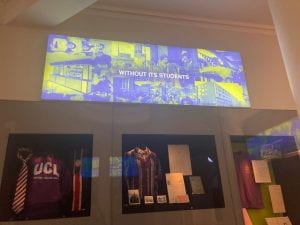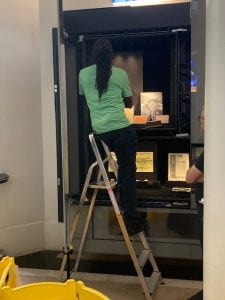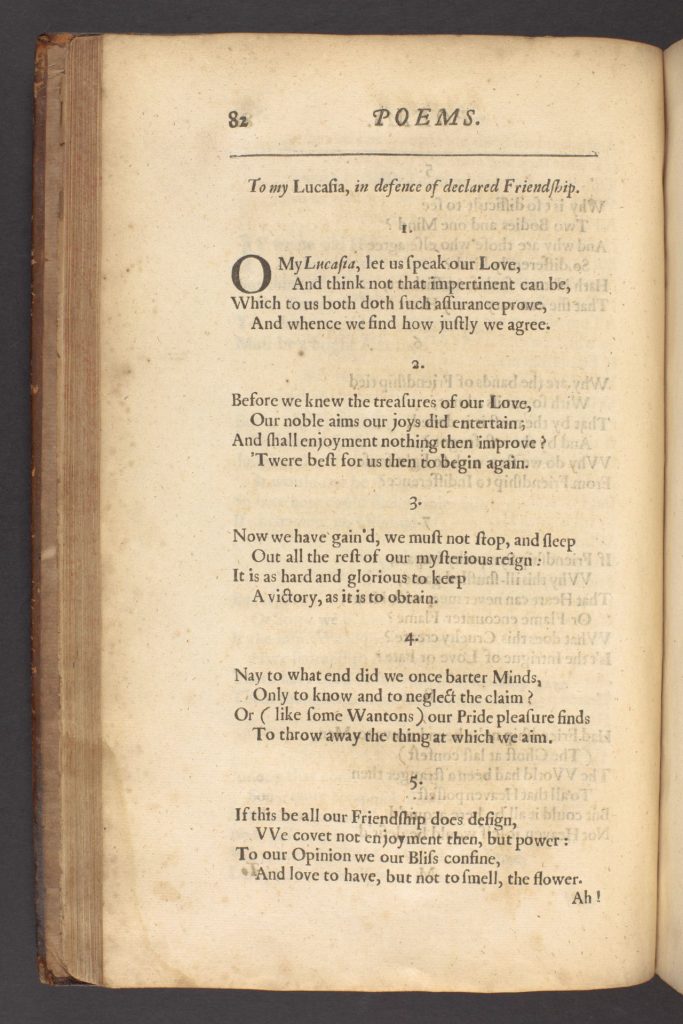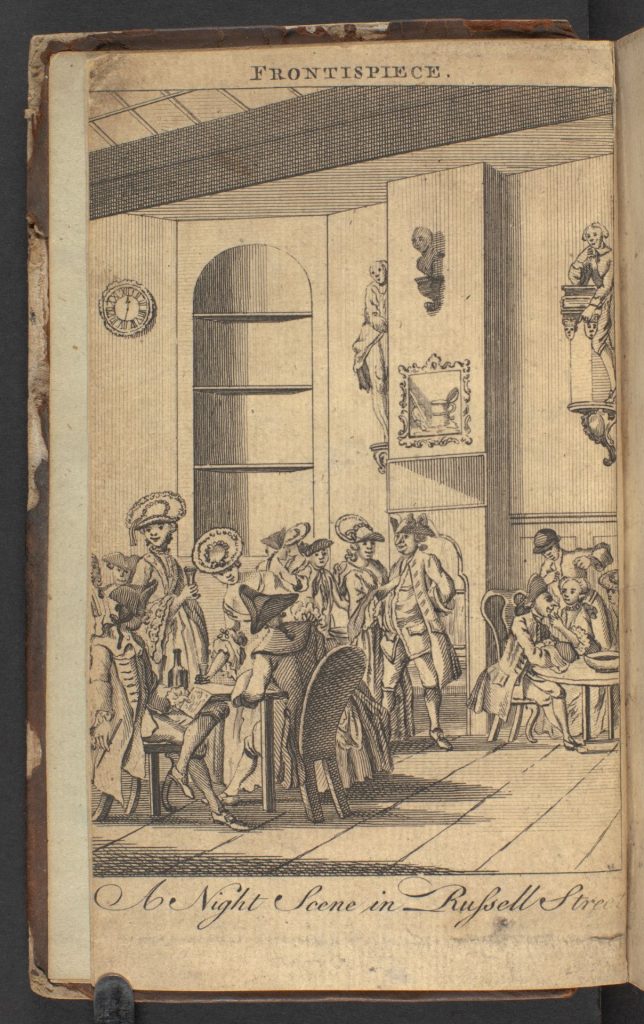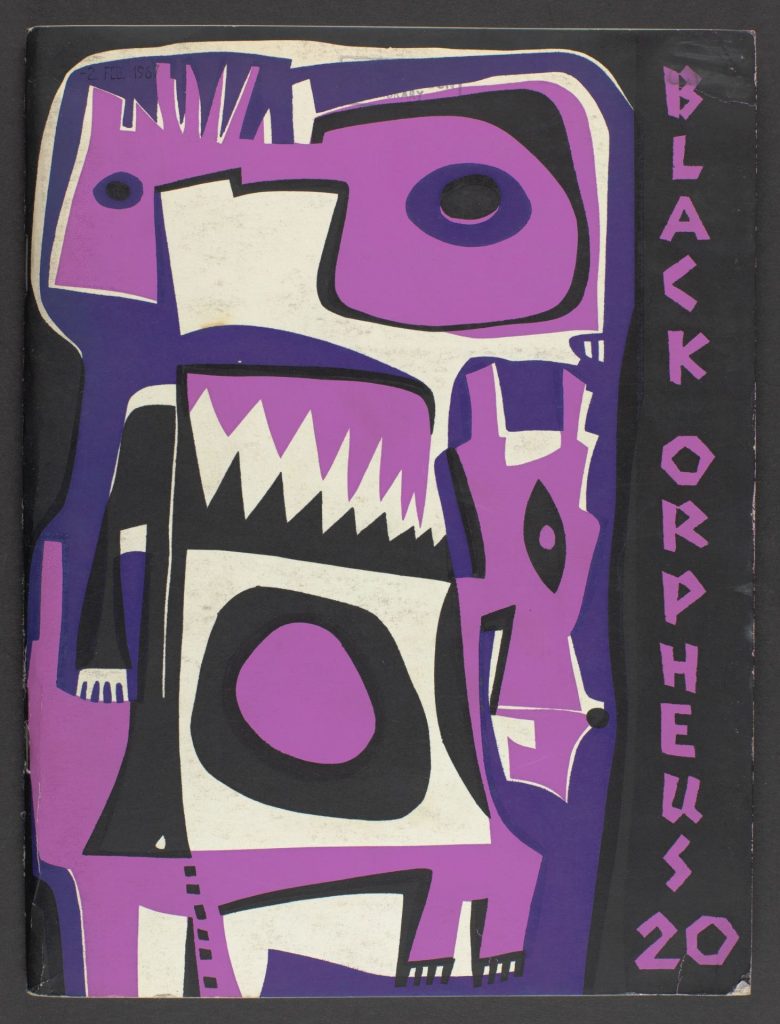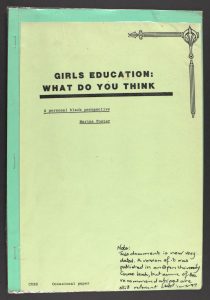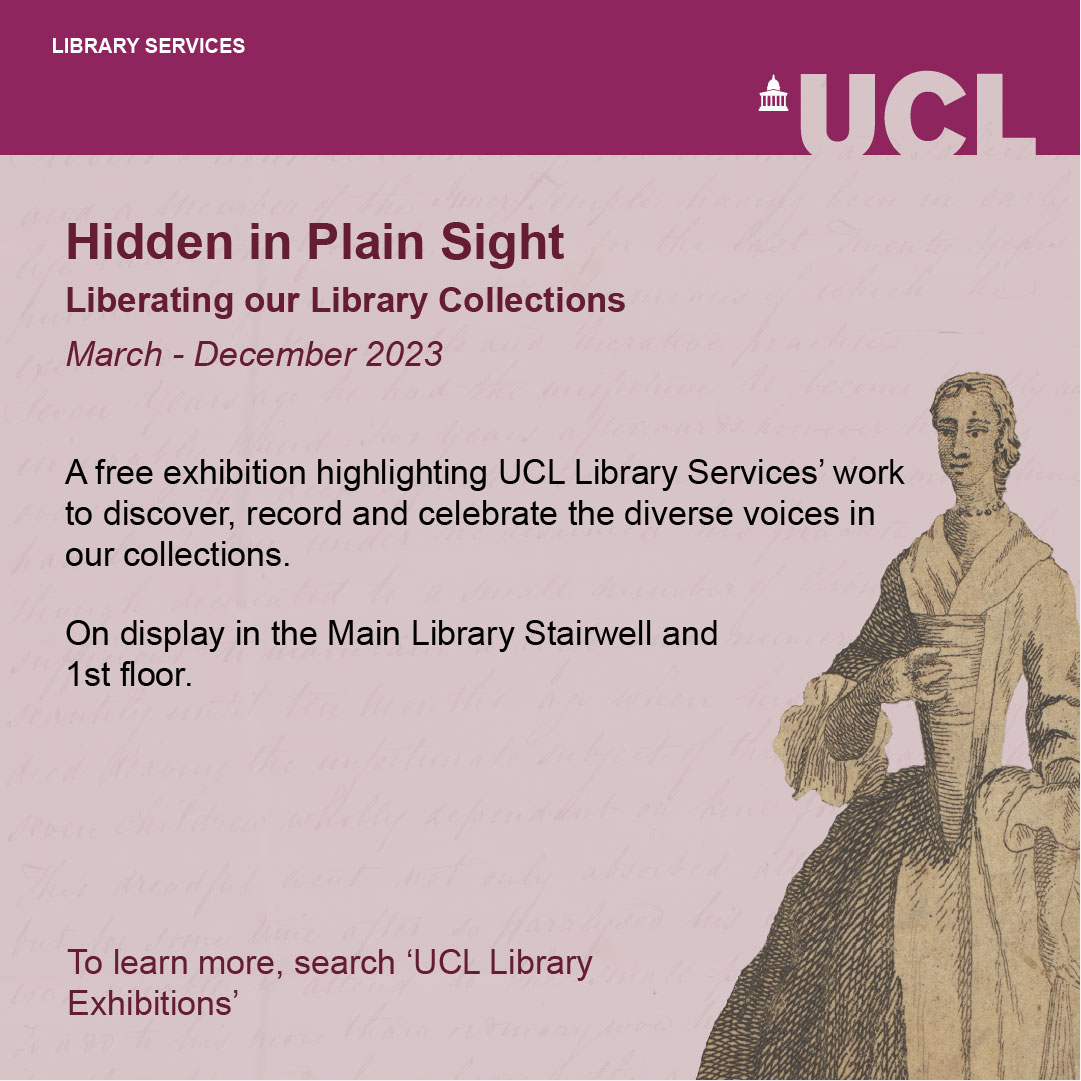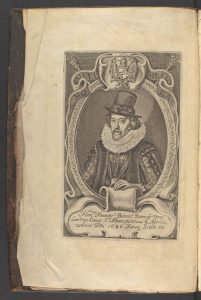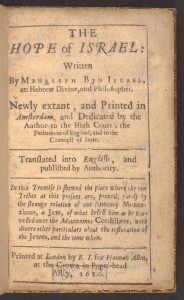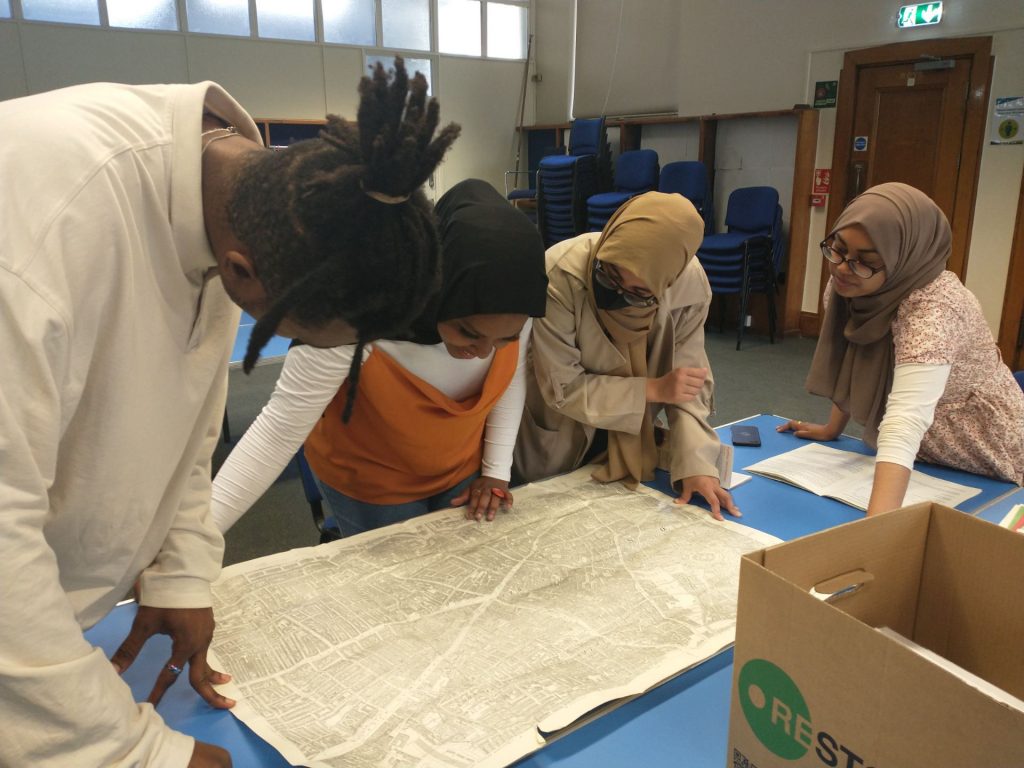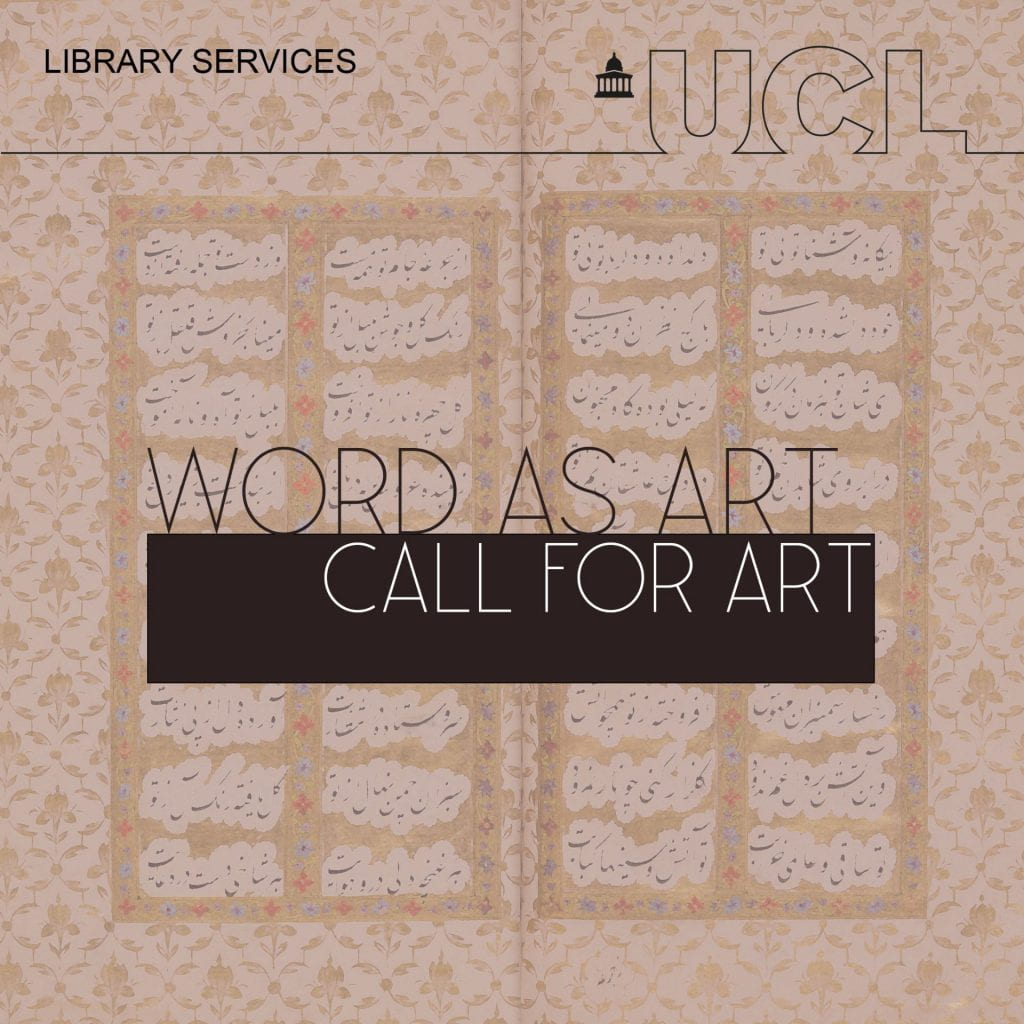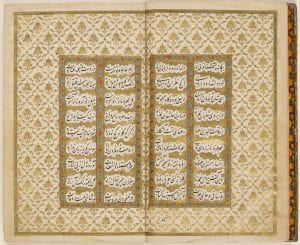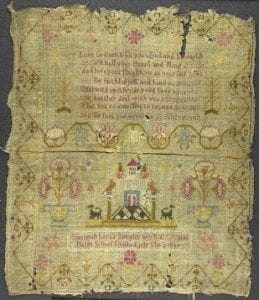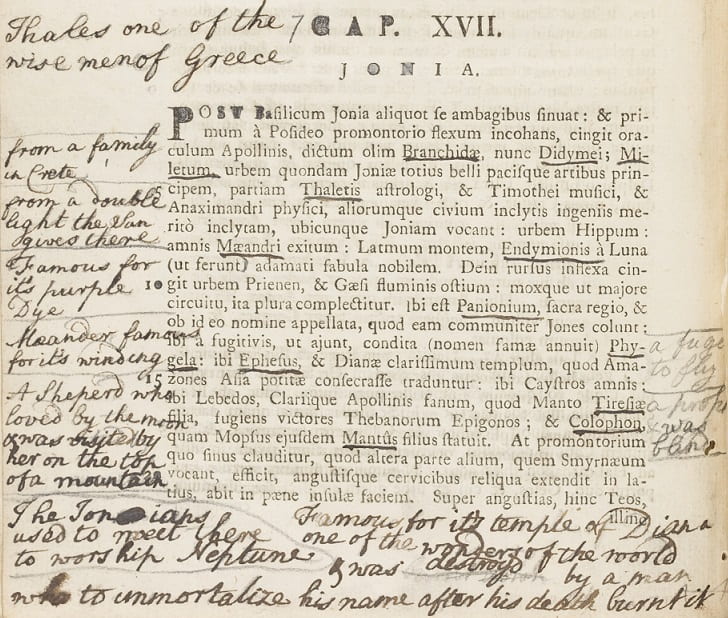The New Curators Project 2025 Finishes in Style
By Vicky A Price, on 4 July 2025
In March 2025, eight local people met for the first time in UCL East’s Culture Lab, having successfully applied to be a part of the fifth iteration of Special Collections’ The New Curators Project. They were about to embark on a programme of workshops, talks and training sessions that would introduce them to the cultural heritage sector as a potential place of work.
Each year, Special Collections offers up to ten funded places on this programme, and each cohort work to create a mobile exhibition as part of Newham Heritage Month. This year’s cohort produced an exhibition that explored Newham’s 60 year long history and held a launch event at East Ham Library. We are proud of what they have achieved, and to introduce you to the collective here – we can promise you they are set for big things in the future!
Please note: participants chose whether to write a biography and whether to include a photograph. Among the group, though not featured here, were also Jahnayi West and Tegan Wilson, who were major contributors to the development of the group’s exhibition and to the delivery of the launch event, which was held in East Ham Library.
Sergina
Hello! My name is Sergina and I have a passion for the arts. I have previously attended a fine arts course at central saint martins but due to health issues I was not able to complete the course nevertheless my passion hasn’t dwindled. It is my goal to develop a career in the art world. During my time studying the arts I have discovered a variety of different artists that have inspired me. Artists including Michael Clark, Mark Rothko, Lee Krasner, Jackson Pollock and Frida Kahlo. In my own time I have enjoyed going to art galleries such as Tate modern, Tate Britain, the National Gallery, Studio 54 and the Barbican. They broaden my horizons when it comes to the possibilities of creative work. I am an arts enthusiast.
Raian
Hello! My name is Raian Farah. I am 19 years old, and I have always had an interest with History, Music and performing Arts. I believe the three really connect with each other and hope in the future I can pursue them all. I believe with Music, it is an escape from reality, where you can become what you please. History to me is a library filled with books from the past where the possibilities of the future also hide. Having culturally immersed parents also fuelled my interests in History. Performing arts includes emotions and creativity and how theatre played a huge role in historical times. Growing up in an area where the subjects are looked down on, I mostly look forward to befriending others with the same thoughts as me and working in a team. I also look forward to learning more about cultural heritage in East London. 🙂

Raian Farah from The New Curators Project 2025
Saniya
I’m Saniya, an aspiring archivist, curator, or prop maker with a deep love for arts, textiles, and cultural heritage. Completing The New Curators Project 2025 was a turning point, it deepened my passion for preserving stories and traditions in creative, engaging ways and gave me the confidence to take my next steps in the field. The project has opened doors into the industry and helped me build valuable connections. I’m now applying for an internship at the new Soho Theatre in Walthamstow and an apprenticeship at the British Film Institute—two exciting opportunities that align with my creative and cultural interests. I’m passionate about connecting people to history through hands-on, imaginative approaches—whether through curating, archiving, or making. I’m committed to growing in this field and contributing to the preservation of culture and heritage in ways that inspire and engage future generations.

Saniya from The New Curators Project 2025
Digby
I’m Digby, a 19-year-old from Hackney with a strong passion for history and politics. I’ve always been fascinated by the way past events, ideas, and decisions shape the world we live in today, from the structure of governments to the inequalities that still exist in society. For me, history isn’t just about dates and facts; it’s about people, power, and the consequences of choices. I’m especially interested in how political movements and historical narratives influence identity, culture, and public perception. Growing up in a diverse and vibrant area like Hackney has made me even more aware of how global events play out on a local level. I enjoy reading, discussing current affairs, and exploring how change happens — both gradually and suddenly. Ultimately, I’m driven by a desire to understand how the past informs the present and how we might build a more informed and equitable future.

Digby from The New Curators Project 2025
Mae

Mae from The New Curators Project 2025
Maria

Maria from The New Curators Project 2025
Well done to everyone in this year’s cohort – their exhibition has toured East Ham Library, Stratford Library and is on display in Plaistow Library until the 20th July. It will also be displayed somewhere in Newham during the month of September, which will be 2025’s Newham Heritage Month…so watch this space for news about where you can catch it!

The majority of the 2025 New Curators Project cohort with staff member Vicky Price at the launch event in East Ham Library
 Close
Close







